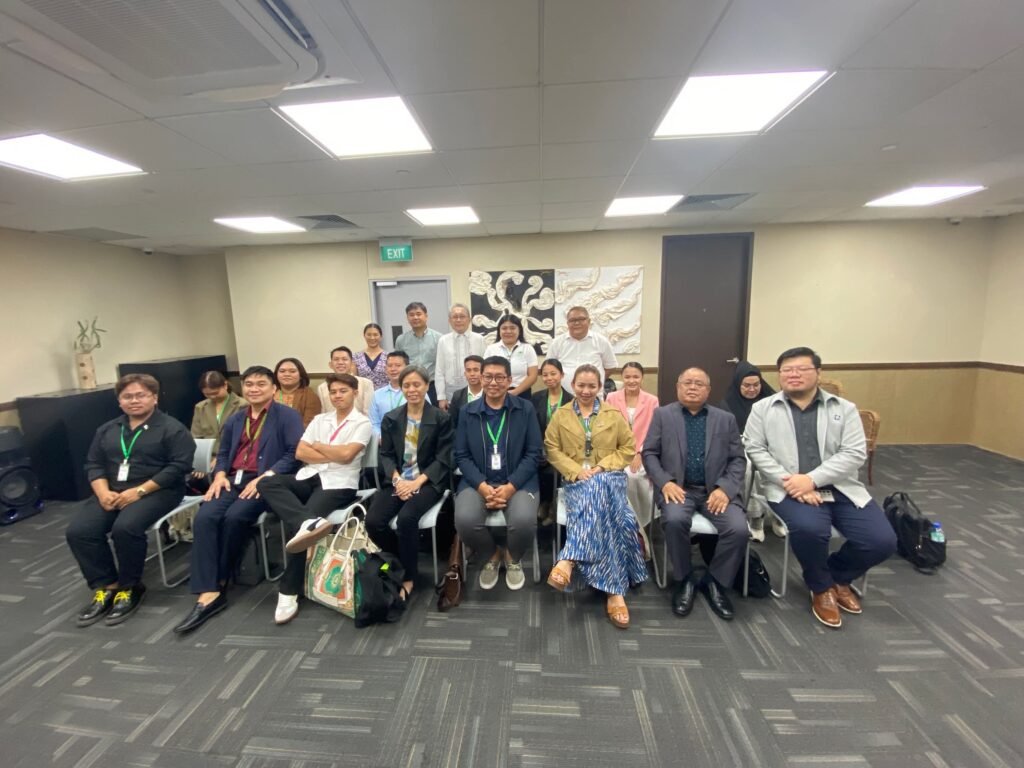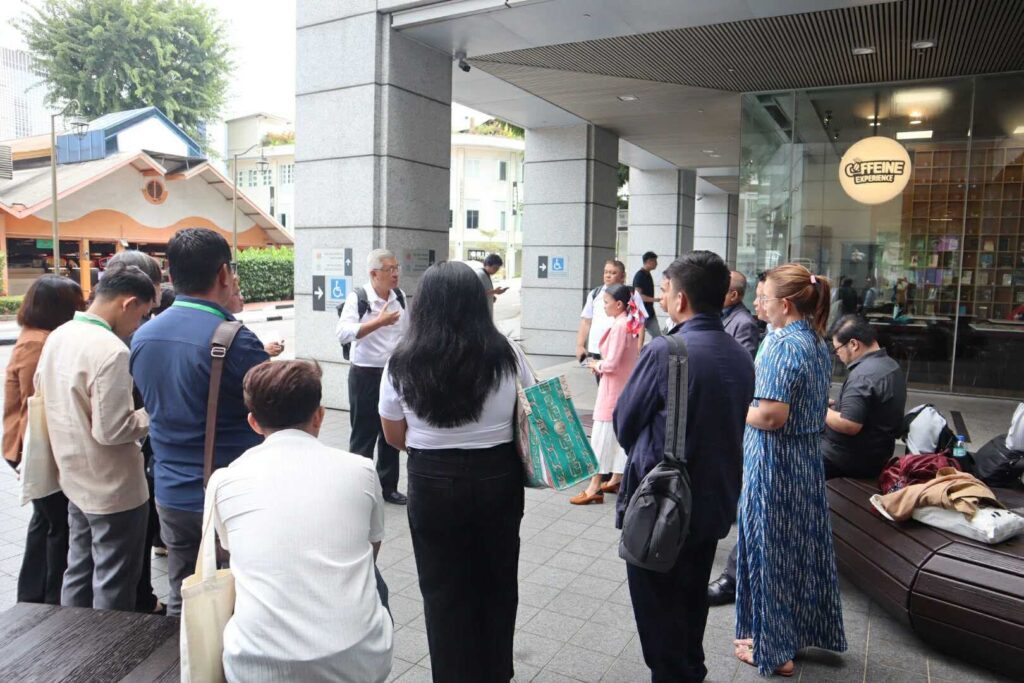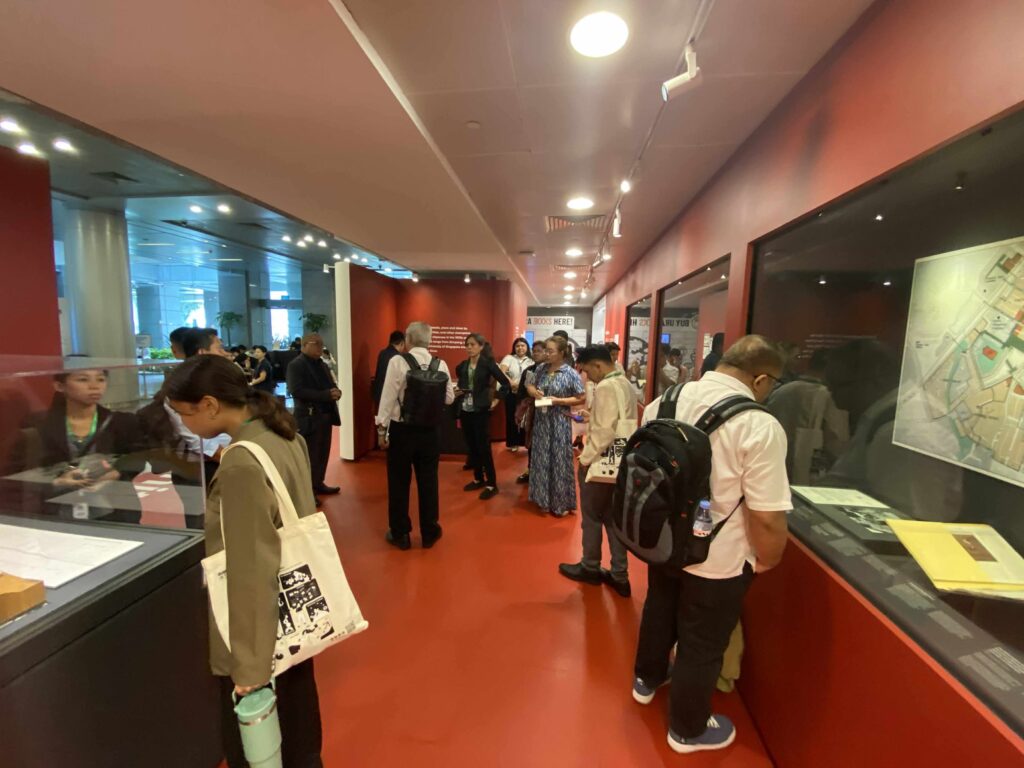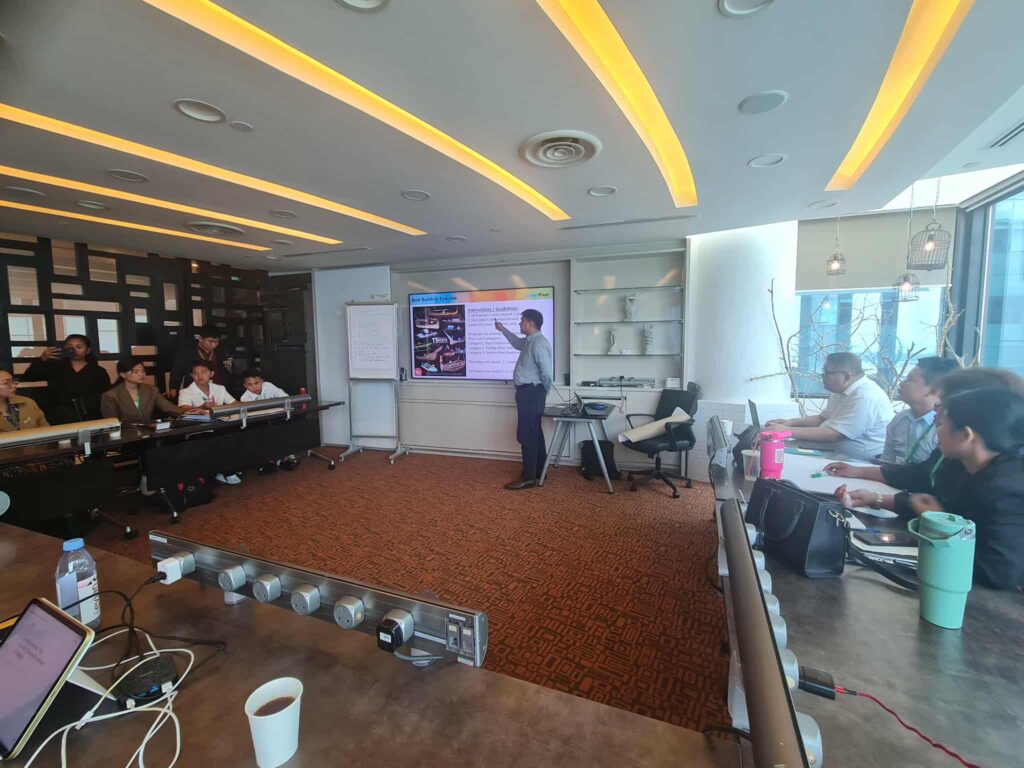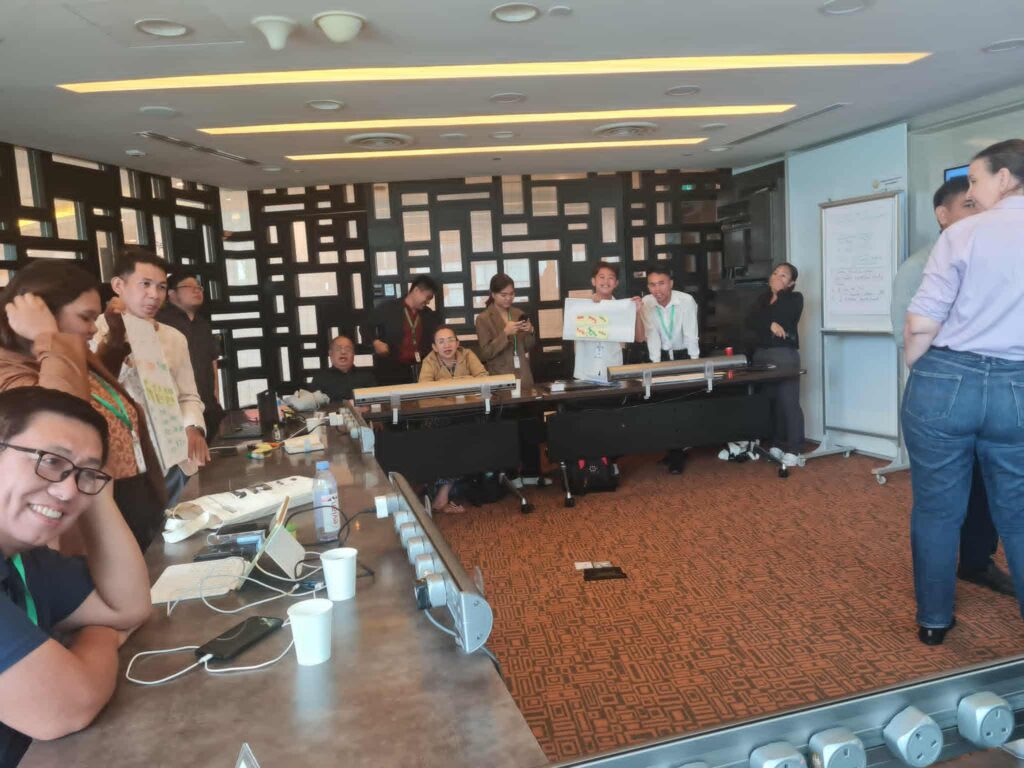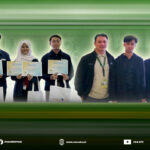
USM Student Innovators Dominate Region XII DICT Startup Pitching
October 28, 2025
Nescafé Brews Opportunity with ₱2.5M Grant for USM Students
October 29, 2025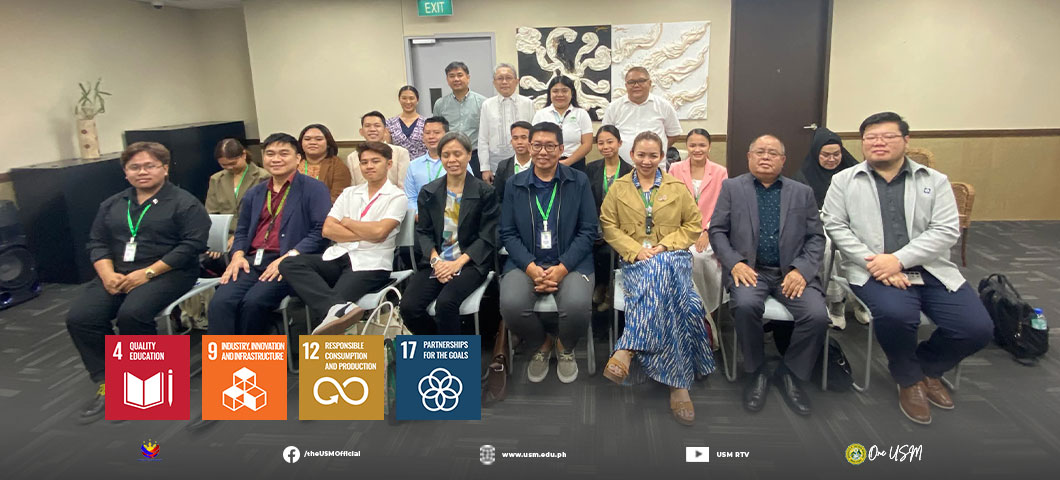
The fourth day of the program, October 23, 2025, began with a significant visit: a courtesy call to the Philippine Embassy in Singapore. Vice Governor Ella Marie Taray led the delegation of USM students and faculty.
The team was warmly welcomed by Ambassador Medardo Macaraig, who was joined by Dr. Michael L. Abundo and Allan Gozon of BluC 53, a business management consultancy based in Singapore. The Ambassador expressed his delight at the students’ presence and commended the Provincial Government of Cotabato led by Governor Emmylou Taliño-Mendoza for its strong support for educational endeavor.
A System That Works: Policy and Budget
Ambassador Macaraig offered a powerful perspective on the differences between the Philippines and Singapore. He stated that Singapore is not fundamentally better, but it has “systems that work” and are firmly in place. He followed this with an equally profound statement: “The budget is the ultimate expression of policy.” To illustrate this, he pointed out that in Singapore, while 60% of the budget is used to run the country, an impressive 40% is reserved for forward planning.
When asked how to boost an economy, the Ambassador emphasized that the responsibility lies with both the people and the government. Economic growth requires a motivated citizen—someone who is actively engaged, productive, and driven to contribute positively to the economic ecosystem.
He also shared a lesson for the young innovators, cautioning them against the misuse of the “You Only Live Once” (YOLO) mindset. While it is good to have rights, it is crucial to be responsible and accountable for one’s actions, and never to abuse those rights. Before the visit concluded, Ambassador Macaraig urged the young innovators to make a distinction in their career paths by focusing on innovation that is imaginative, different, and needed.
Transparency and Future Planning at URA
Following the Embassy visit, the team proceeded to the Urban Redevelopment Authority (URA) Gallery. This gallery is Singapore’s showpiece for its past, current, and future development plans. It visually demonstrates where the high 40% forward planning budget is spent. It shows how much of the benefits that Singaporeans enjoy are in fact a product of decades of planning. The gallery displays countless masterplans that have been crafted since Singapore’s early days and is regularly updated every five years.
An impressive feature of the URA is a comprehensive map of Singapore that highlights its rivers, reservoirs, transportation systems, and man-made structures. This is complemented by a video showing how Singapore maximizes the use of its resources to ensure not only convenience for all but also a sense of openness in such a small land area. Green spaces are meticulously integrated into urban plans, along with cycling networks that span the entire country—a vision that began as early as the 1960s under Singapore’s first Prime Minister, Lee Kuan Yew. The transport systems are designed so that within 10 years, about 80% of Singapore’s residents will live within 500 meters of a train station. This efficient public transport network also supports Singapore’s goal of maintaining a car-lite society. URA’s comprehensive layouts detail Singapore’s future, including ambitious plans for a greener city—one aiming for more trees than people—and a nationwide network that will make the entire country walkable and bicycle-friendly.
The gallery fosters public confidence by demonstrating that taxes are used for tangible development projects, not wasted. The URA Gallery also serves as a tool for accountability, allowing citizens to track projects and hold the government responsible for its plans.
The Innovator’s Toolkit
The afternoon was dedicated to the continuation of the lecture and workshop series. Dr. Michael Abundo guided the group in prioritizing what truly matters and assigning levels of importance to tasks. He then led an interactive activity designed to stimulate creative thinking and help the innovators communicate their ideas effectively, especially to potential investors.
Allan Gozon followed up, emphasizing the need for young entrepreneurs to translate a market need into an economic perspective. He taught the practical application of the SMART framework (Specific, Measurable, Achievable, Relevant, Time-bound) for crafting objectives, stressing the importance of realism and simplifying complex ideas for a wider audience.
Contributed by: Max Dave Agudos
